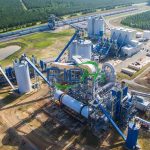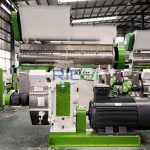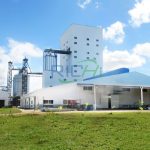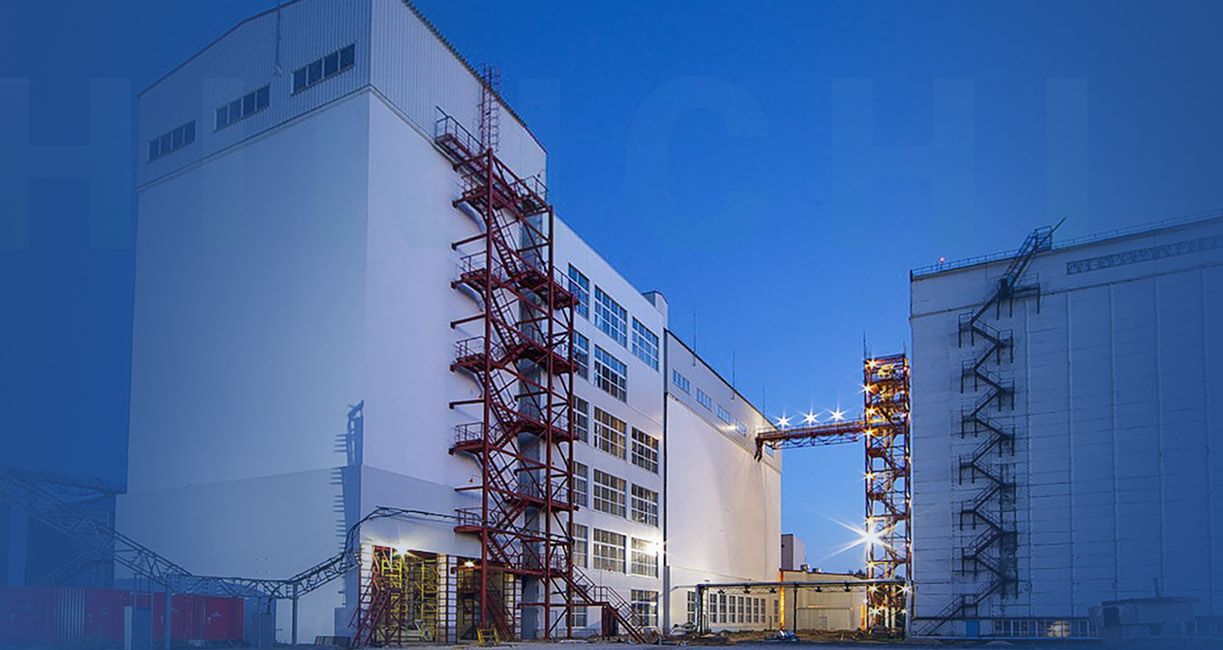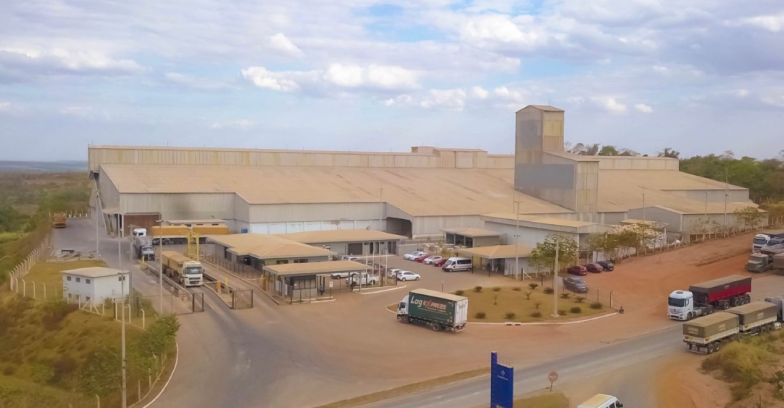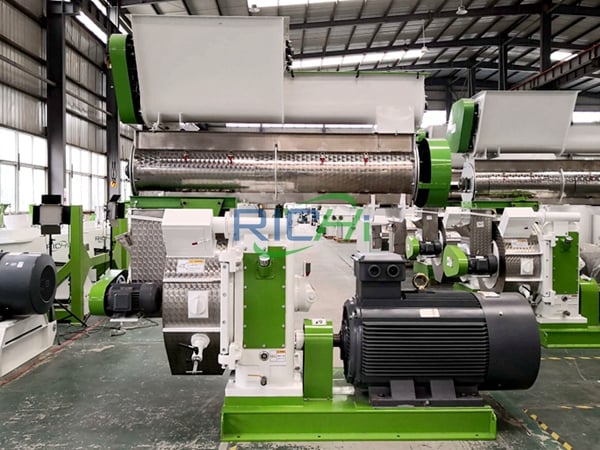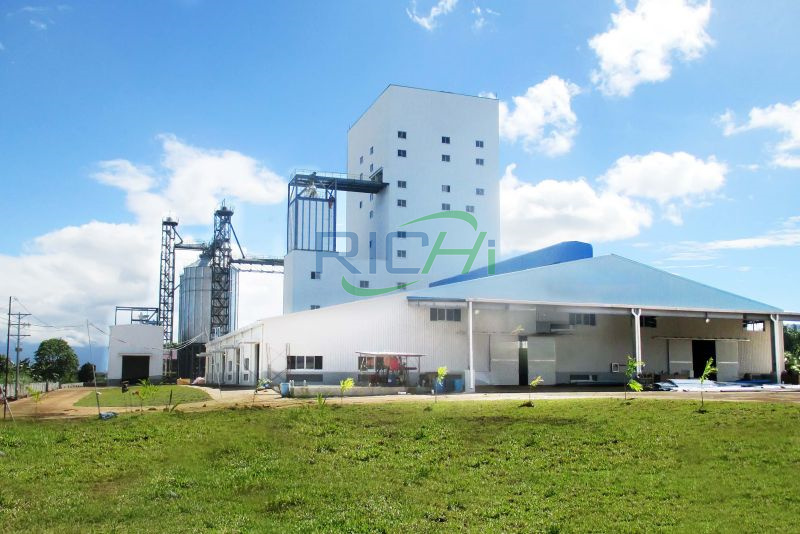A 20 tons per hour (t/h) poultry feed manufacturing plant represents a significant investment in the animal feed industry, designed to produce high-quality feed efficiently and consistently. Understanding the annual production time of such a plant is crucial for planning, budgeting, and optimizing operations. This article explores the factors that influence the annual production time of a 20t/h poultry feed manufacturing plant and provides a detailed calculation of its potential output.
Key Components of a 20t/h Poultry Feed Manufacturing Plant
A typical 20t/h poultry feed manufacturing plant includes several essential components:
- Raw Material Handling Equipment
- Grinding Equipment
- Mixing Equipment
- Pelleting Equipment
- Cooling and Drying Equipment
- Screening and Grading Equipment
- Packaging Equipment
- Auxiliary Equipment
Each of these components plays a vital role in ensuring the smooth operation and high efficiency of the feed production process.
Factors Influencing Annual Production Time
- Operational Hours Per Day
The number of hours the plant operates each day significantly impacts its annual production time. While some plants may operate 24/7, others might have more limited operational hours due to labor constraints, maintenance schedules, or market demand.
- Number of Working Days Per Year
The number of working days in a year also affects the annual production time. This can vary based on local labor laws, holidays, and planned maintenance shutdowns. Most plants aim to maximize production by operating as many days as possible within the year.
- Maintenance and Downtime
Regular maintenance is essential to ensure the longevity and efficiency of the equipment. However, maintenance activities can reduce the number of operational hours. Unplanned downtime due to equipment failures or other issues can also impact production time.
- Efficiency and Automation
The level of automation and the efficiency of the equipment can influence the overall production time. Fully automated plants tend to have higher efficiency and less downtime, leading to increased annual production.
Related post: poultry feed pellet machine price
Calculating Annual Production Time
To calculate the annual production time and potential output of a 20t/h poultry feed manufacturing plant, we need to consider the following factors:
- Hourly Production Rate: 20 tons per hour
- Operational Hours Per Day: This can vary, but we’ll assume 20 hours per day for this calculation.
- Number of Working Days Per Year: We’ll assume 330 working days per year, accounting for maintenance and holidays.
Using these assumptions, we can calculate the annual production time and output as follows:Annual Production Time hours =Operational Hours Per Day×Number of Working Days Per YearAnnual Production Time hours =Operational Hours Per Day×Number of Working Days Per YearAnnual Production Time hours =20 hours day×330 days year=6,600 hours yearAnnual Production Time hours =20 hours day×330 days year=6,600 hours yearNext, we calculate the annual production output:Annual Production Output tons =Hourly Production Rate×Annual Production Time hours Annual Production Output tons =Hourly Production Rate×Annual Production Time hours Annual Production Output tons =20 tons hour×6,600 hours year=132,000 tons yearAnnual Production Output tons =20 tons hour×6,600 hours year=132,000 tons year
Impact of Maintenance and Downtime
It’s essential to account for maintenance and unplanned downtime when calculating the actual annual production time and output. Let’s assume that maintenance and unplanned downtime account for 5% of the total operational time:Effective Operational Time hours =Annual Production Time hours ×(1−Downtime Percentage)Effective Operational Time hours =Annual Production Time hours ×(1−Downtime Percentage)Effective Operational Time hours =6,600 hours year×(1−0.05)=6,270 hours yearEffective Operational Time hours =6,600 hours year×(1−0.05)=6,270 hours yearUsing the effective operational time, we can recalculate the annual production output:Effective Annual Production Output tons =Hourly Production Rate×Effective Operational Time hours Effective Annual Production Output tons =Hourly Production Rate×Effective Operational Time hours Effective Annual Production Output tons =20 tons hour×6,270 hours year=125,400 tons yearEffective Annual Production Output tons =20 tons hour×6,270 hours year=125,400 tons year
Factors to Optimize Annual Production Time
- Regular Maintenance Schedules
Implementing a proactive maintenance schedule can minimize unplanned downtime and ensure that equipment operates efficiently. Regular maintenance can help identify and address potential issues before they lead to significant disruptions.
- Advanced Automation
Investing in advanced automation systems can enhance efficiency and reduce the need for manual intervention. Automated systems can monitor and adjust production parameters in real-time, leading to more consistent output and reduced downtime.
- Efficient Raw Material Handling
Ensuring a steady and efficient supply of raw materials can prevent production bottlenecks. Automated raw material handling systems can streamline the process and reduce the risk of delays.
- Skilled Workforce
Training and retaining a skilled workforce can improve overall plant efficiency. Skilled operators can quickly address issues and optimize production processes, contributing to higher annual production output.
- Energy Management
Efficient energy management can reduce operational costs and improve production efficiency. Implementing energy-saving technologies and practices can contribute to a more sustainable and cost-effective production process.
Conclusion
The annual production time of a 20t/h poultry feed manufacturing plant is influenced by several factors, including operational hours, number of working days, maintenance schedules, and equipment efficiency.
Based on typical assumptions, a fully automated plant operating 20 hours per day for 330 days per year can achieve an annual production output of approximately 132,000 tons. However, accounting for maintenance and downtime, the effective annual production output is likely to be around 125,400 tons.
Optimizing factors such as maintenance schedules, automation, raw material handling, workforce training, and energy management can help maximize the annual production time and output of the plant. By carefully considering these factors, feed manufacturers can ensure efficient and consistent production, meeting the growing demand for high-quality poultry feed in the market.
For details please contact: Richi manufacture
WhatsApp:86 138 3838 9622
Email:enquiry@richipelletmachine.com


